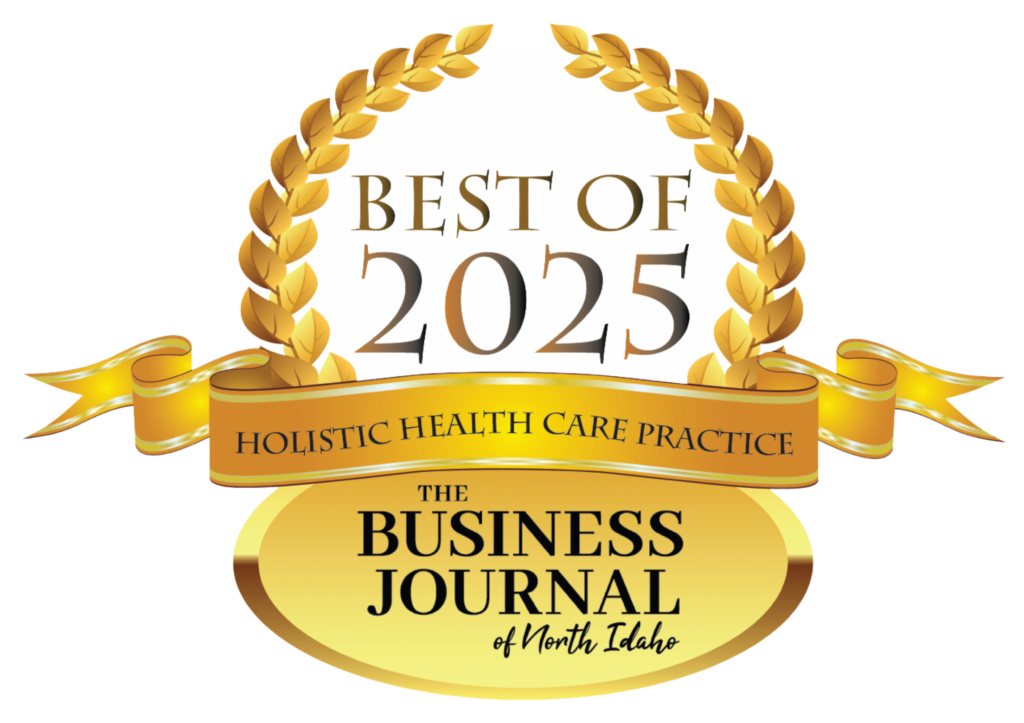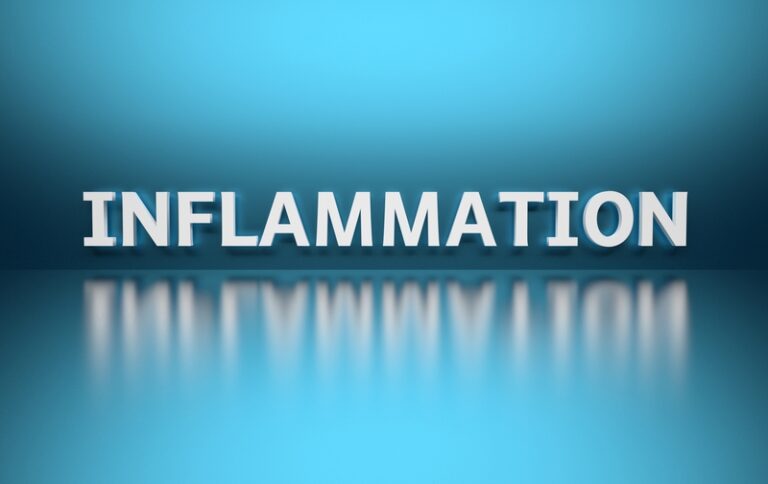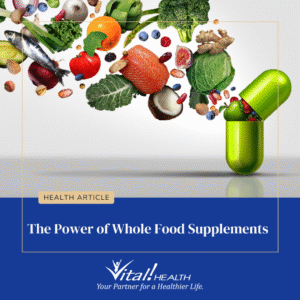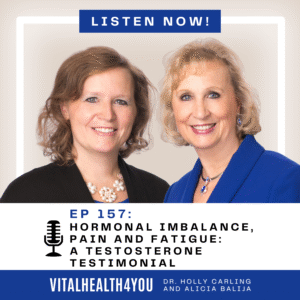Inflammation is a two-edged sword. On one side, inflammation is a necessary part of the healing process, and therefore, good. On the other side, prolonged inflammation sets the stage for degenerative or auto-immune disorders, which, of course, is bad. As such, it is the most common link to nearly all diseases. If we could control the inflammation, we could control the cascading progression of disease. But can we do that? Yes!
When there is injury, whether that is from an outside source such as trauma, or internally due to various imbalances, infections, etc., the body responds by launching inflammation as part of the healing process. Inflammation is the body’s signaling system to the immune system that there is either damaged tissue or a pathogenic invader that needs to be tended to. Without the immune system launching white blood cells and chemicals that produce antibodies, cytokines, hormones, nutrients and other helpers, wounds would develop infections, the infections would fester, and if bad enough, the person could die. This inflammatory response of increasing blood flow by dilating vessels and flooding the area with white blood cells and other element into the area is why the injured area becomes red, swollen and painful. Inflammation initiates tissue healing as well as controlling pathogens like bacteria and viruses. As it is successful in healing, the inflammation subsides, and all is well.
It is when the healing doesn’t fully take place or is hindered in some way that chronic inflammation persists. This chronic inflammation is what ultimately becomes the thorn in our side, so to speak. Chronic inflammation has been linked as one of the foundations of cardiovascular disease, diabetes, cancer, auto-immune diseases and Alzheimer’s Disease. According to the National Cancer Institute, chronic inflammation can cause DNA damage and lead to several different cancers.
The ways we can address chronic inflammation come in many forms. Some choose steroids and other drugs, while others choose methods to heal the damage, rather than just suppress the symptoms. For the latter group, diets that minimize inflammatory foods are a first step. Avoiding pro-inflammatory foods such as sugar, coffee, alcohol, gluten and the “nightshade” family (potatoes, tomatoes, eggplant and peppers). While these foods can be pro-inflammatory for many, they are not necessarily inflammatory for all. The best thing to do is to test it for yourself.
There are also several anti-inflammatory herbs and foods that can be included in your diet. Turmeric is one of the herbs sharing the spotlight recently. However, good as it is, it’s absorption is difficult and has to be consumed in combination with other herbs.
Acupuncture has a very long history of stimulating a healing response as well as some impressive research validating its role in reducing both acute and chronic inflammation. If you are suffering from pain and inflammation, now is the time to see an acupuncturist with a solid history of helping those who are suffering.
©2020 Holly A. Carling, O.M.D., L.Ac., Ph.D.







